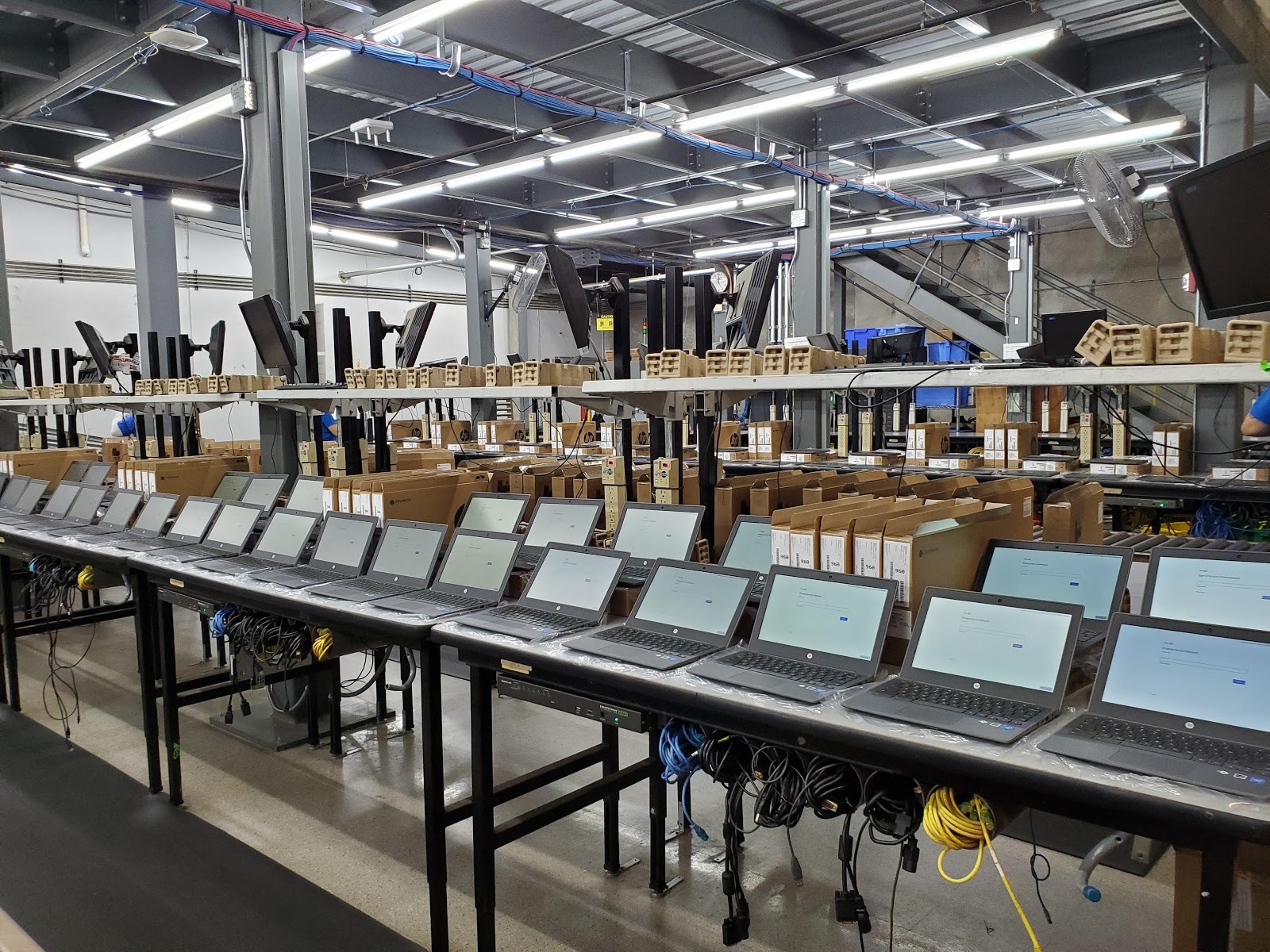Chiefs for Change is pleased that the bipartisan deal reached today on an infrastructure package includes critical funding to expand internet access but is disappointed that the agreed-upon measure does not contain funding to modernize school buildings and deliver high-quality career and technical education.
Since the start of the pandemic, we have called on the federal government to #SendTheSignal and provide universal broadband so that students can access the wealth of information they need to succeed in today’s interconnected world. Nearly 17 million students across America do not have access to high-speed internet, a problem that disproportionately affects children of color, those from low-income families, and students who were already behind in their learning. The $65 billion for broadband in the infrastructure bill would help to close the digital divide and give children the connectivity they need to learn.
As the House and Senate debate the infrastructure bill, we hope that Congress will incorporate funding for school renovations and construction so that all children, including those from historically disadvantaged backgrounds, have access to the facilities they need to succeed in the 21st century. We ask Congress to pass H.R. 604/S. 96, the Rebuild and Reopen America’s Schools Act, introduced by Representative Bobby Scott (D-VA) and Senator Jack Reed (D-RI), which would provide $100 billion in formula funds to states for local competitive grants for school repair, renovation, and construction.
One of our members, Superintendent Sharon Contreras of Guilford County Schools in North Carolina, outlined the tremendous infrastructure needs in her system when she testified before the U.S. House Committee on Education and Labor in 2019. She said the “[a]verage school building [in her district] is about 50 years old and was designed for an industrial era that no longer exists.” Dr. Contreras told the committee: “We have 469 mobile classrooms, 58 percent of which are more than 20 years old. We have five mobile units that date to 1972. Our maintenance staff responds to more than 30,000 work orders annually, many for failing HVAC units, plumbing systems, leaky roofs and other basic building needs. Schools routinely use buckets and trash cans to catch the water during heavy rains. Water seepage and flooding is also common.” This is not an isolated example. Many school districts face similar challenges.
We also urge Congress to provide funding for the other education-focused provisions in the president’s original infrastructure proposal, including resources to create new apprenticeships; establish career pathway programs in middle and high school; expand high-quality career and technical education opportunities in in-demand sectors; and develop effective partnerships between K-12 schools, colleges and universities, workforce development organizations, and individual employers.
Congress has an opportunity to make necessary investments in infrastructure to help our nation recover from the pandemic and build a brighter future for students. We urge officials to work in a bipartisan manner to ensure that education leaders have the resources to connect students with broadband, improve school buildings, and create reliable and affordable postsecondary pathways.
